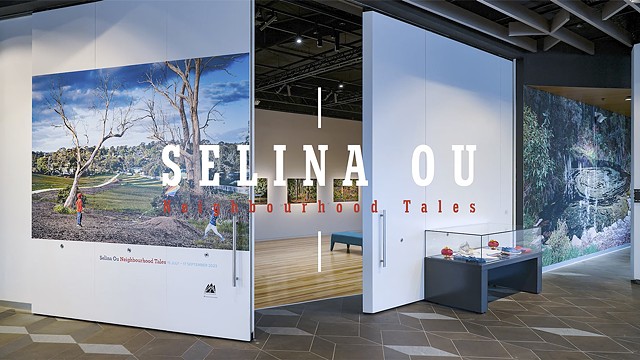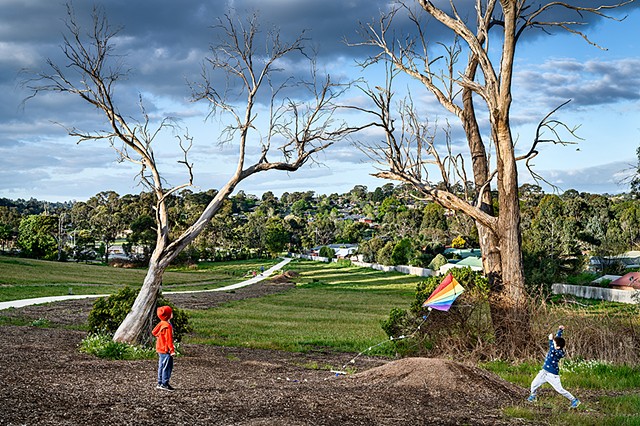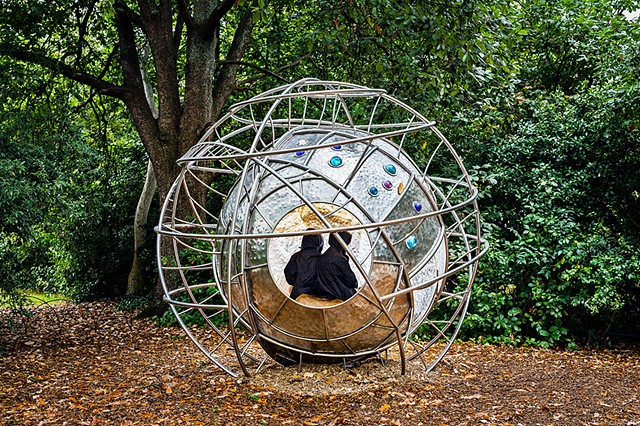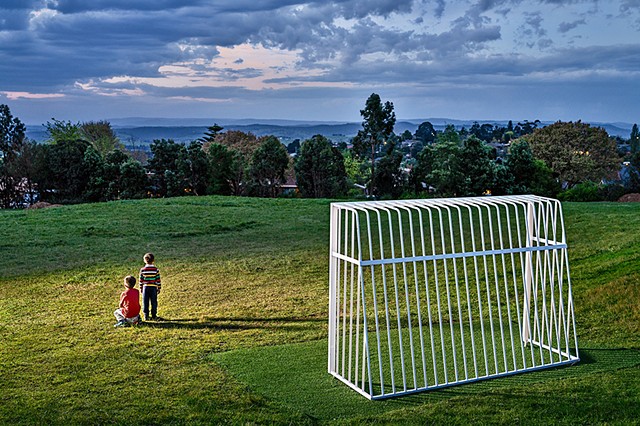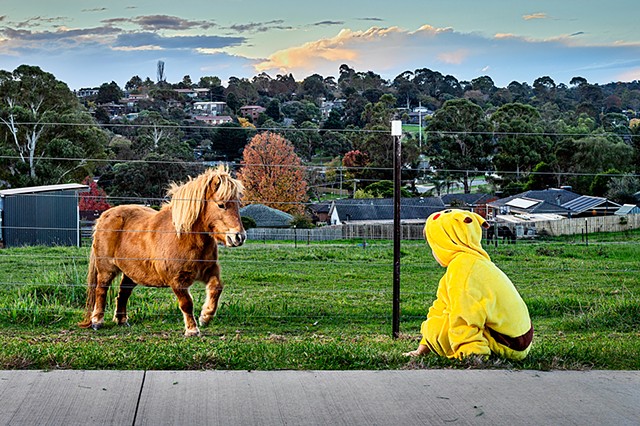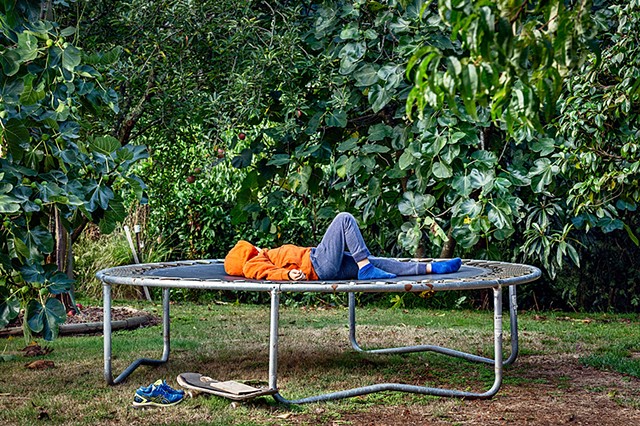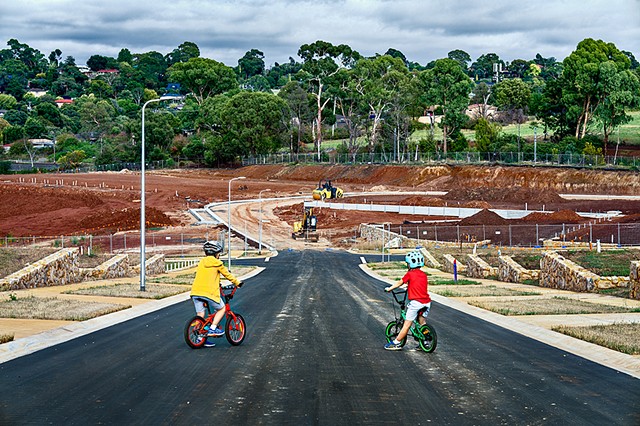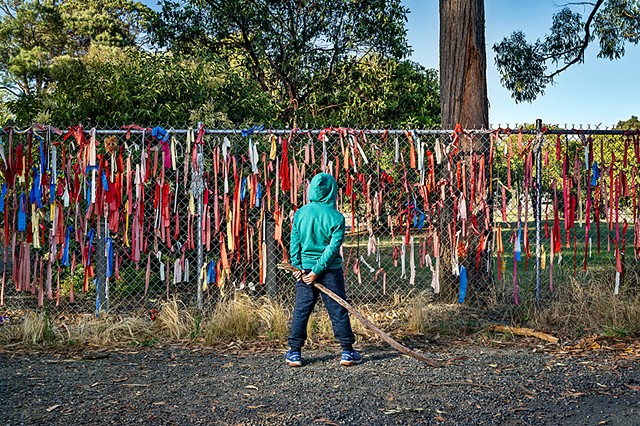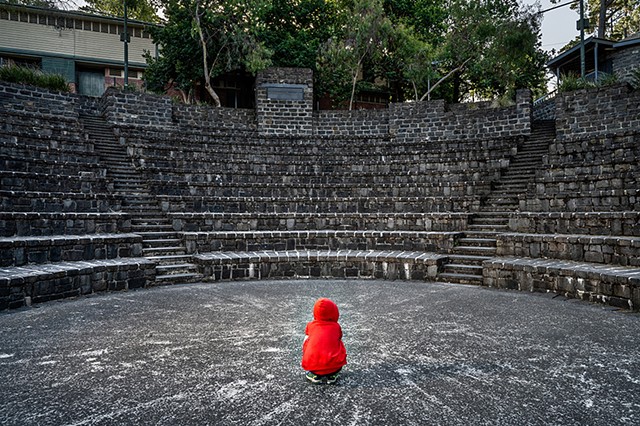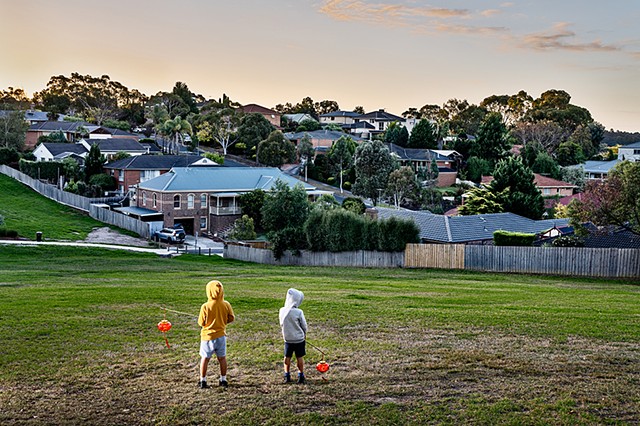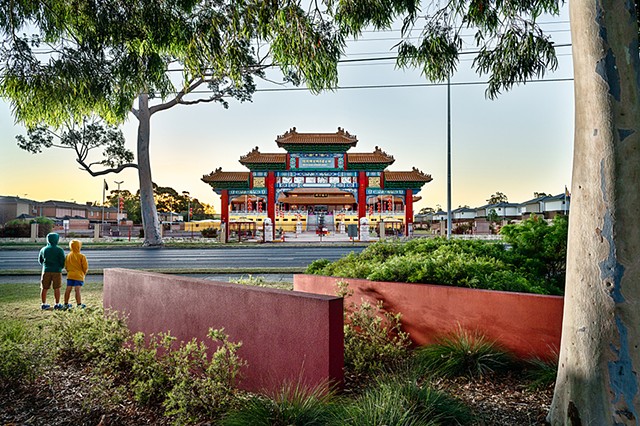Neighbourhood Tales 2022
Selina Ou: Neighbourhood Tales
Selina Ou is recognised and celebrated for her large-scale documentary style photographs that often depict her subjects at work. Across a practice spanning more than two decades, Ou has sought out employees in the service industry – bartenders, butchers, chemists, and shop assistants of all kinds, to explore themes of consumerism, cultural and social hierarchies, identity and personal worth. By extending this focus to countries such as China, Japan, Chile and the United States, Ou’s images also bring into sharp relief the challenge of maintaining culturally specific traditions and ways of life in the face of global capitalism and its rampant consumerism. Ou’s images are dependent on the willing collaboration of her subjects, who are treated with a dignity and respect that places them at the centre of the frame, enabling them to participate in the way in which, through her photographs, they are presented to the world. Despite their recognisable roles, Ou’s subjects are not ‘types’. They are individuals, replete with their own rich and complex lives beyond their occupations. It is the hint of this – the realms beyond the expectations of work and the presentation of a public face, that give these photographs their power.
The images comprising Ou’s most recent series, Neighbourhood Tales, have moved away from the subject of work to a more personal space – one where motherhood and the making of art coexist. The fact that the mother of the children in these images is the person behind the lens brings a complex bundle of emotions to these photographs – a whirling dervish of intense love, longing, anxiety and anticipation of futures and possibilities yet unknown. In several of the works, Ou’s young sons stand at the boundary of the environment they find themselves in – staring into an empty soccer pitch or vacant amphitheatre, at a skate ramp devoid of skaters, or at the edge of a new housing estate under construction. The sense of the subjects being at a precipice in these images, and the tension of what lies beyond that invisible threshold is palpable. The artist-mother’s hope for their futures charges the stillness of these spare and beautiful photographs. Will they find a space of acceptance or rejection, a place of community and belonging? Will their cultural heritage prove a hurdle? Will they be touched by the violence of society? Will they be safe, and loved? And yet, as both mother and image-maker, these photographs also capture exquisite moments of childhood, with its ‘first times’, its boredom, its frustrations, joys, and surprises. This is a place she can’t be part of, but can only support, nourish and observe.
In her 2010 series Beside Myself, Ou photographed women in domestic interiors in several different guises – dressed up, lounging around, as working professionals, artists, and mothers – presenting each aspect of the individual subject within the one image. This sense of split and multiple ‘selves’ speaks gently but insistently of the complexity of women’s lives; of the different and often invisible roles they are required to assume, and of the very real toll of this contemporary burden. As discussion continues around 20th-century feminism’s promise that women can ‘have it all’, Ou’s public insertion of her role as mother into Neighbourhood Tales brings these issues to the fore while knowingly highlighting the specific challenges of the artist-mother – the push-pull that occurs between the desire to create (and the time, dedication, and headspace that this requires) and the need to be a good mother. While there is currently much discussion about the cultural biases and institutional impediments to the success of women artists and the changes required to remedy this, little has been written about the impact of motherhood and of caring responsibilities on the careers of women artists. Women artists have certainly juggled the making of art and motherhood across the course of art history (from Artemisia Gentileschi and Élisabeth Louise Vigée-Le Brun to Louise Bourgeois, Alice Neel and Kara Walker), and photographers such as Sally Mann and Polixeni Papapetrou have actively collaborated with their children in their image making. But until recently however, the perception of a successful woman artist largely accorded with Tracey Emin’s famous quip, ‘There are good artists that have children. Of course there are. They are called men.’ In practice, contemporary women artists are constantly shifting the dial on long-held assumptions about what it takes to lead a creative life, but by bringing motherhood, as Ou has done, into the work itself, these issues are foregrounded in a way that cannot be ignored. Embedding artmaking in the fantastic mess of family life, makes it both accessible, understandable, and meaningful. Surely this is something to be celebrated.
Kelly Gellatly
Kelly Gellatly is a curator, writer and arts advocate and is the founding director of Agency Untitled.
Thanks to: John Meredith, my sons, our parents, friends & family, Les Walkling, Sophie Gannon, Edwin Nicholls, Elizabeth Doan, Maia Rose, Photo 2022, Kelly Gellatly, Gareth Syvret, Mary Callahan, Will Taylor, Ethan Taylor, Imogen Taylor, John Taylor and especially Allison Taylor at Decently Exposed, mattrichards.tv, Garry Sommerfeld, Elise Murphy, Andrew Duong, Jane O'Neill, Sarah Werner, Candice Zaviska, @agencyofsculpture, @playce_la, Siri Hayes, Mia Mala McDonald, Stephanie Rose Wood, Andrew Baker, Stanley Foster, Kailah Welsh, Travis Harris, the Arts & Culture and Customer Service teams at Maroondah City Council and all involved in the making of this exhibition.
